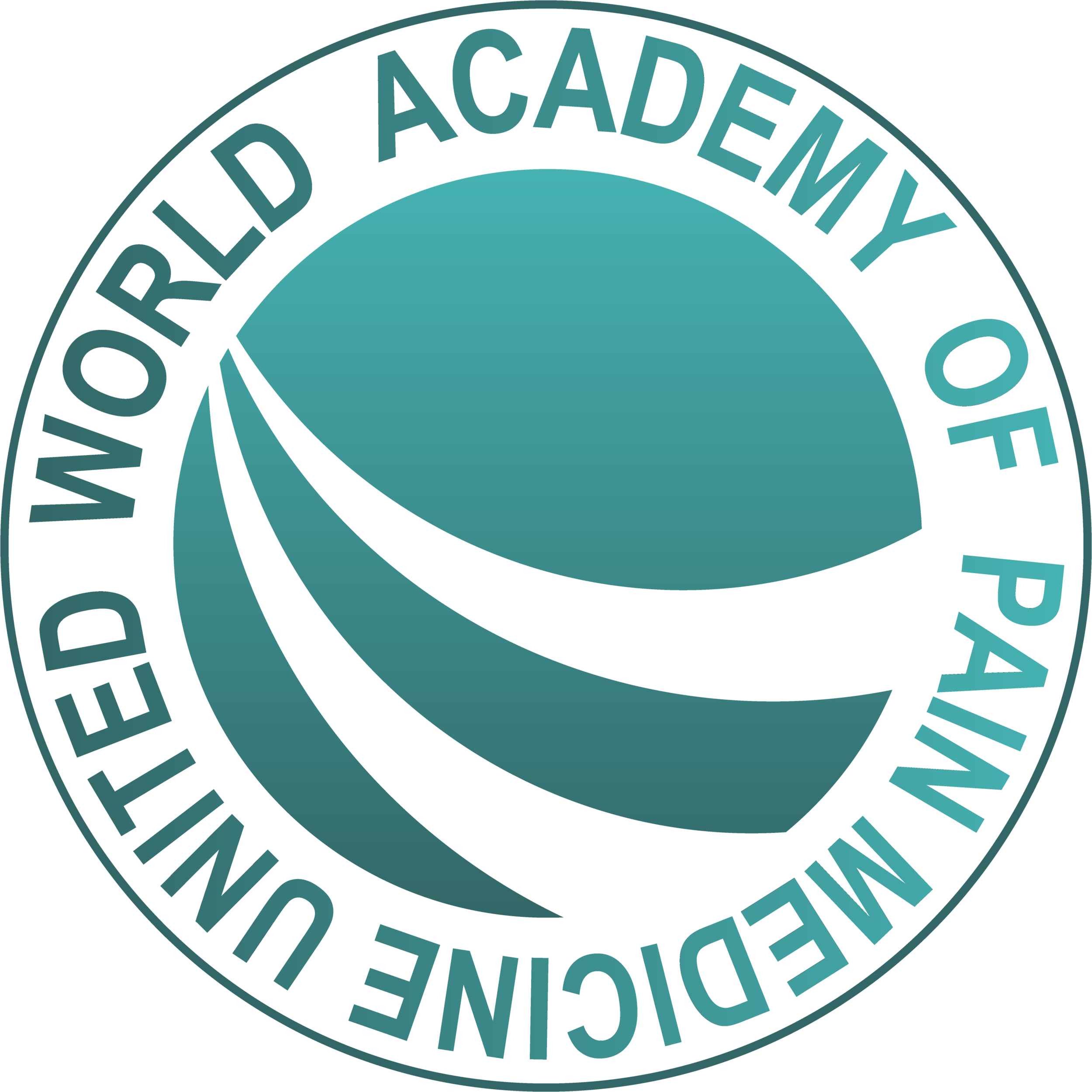EDIPUS- Emergency Department Interventional Pain Ultrasonography
Saturday April 21, 2018 | 8:30am-4:30pm
Saturday April 21, 2018
Time: 8:30am-4:30pm
University of Toronto Surgical Skills Centre at Mount Sinai Hospital
600 University Ave.
Level 2, Room 250
Toronto, Ontario M5G 1X5
Cost
Emergency Physicians $1,000
Fellows $750
** Registration Includes FREE 1 Year WAPMU Membership
Prerequisites
- Understanding scientific basis for ultrasound acquisition and analysis
- Basic ultrasound skills: knobology and probe handling
- Preferably EDE 1 and 2, EDTU, ECCU, or similar courses
Course Design:
Sev Perelman, MD, MSc, CCFP(EM), FCFP(C), CEUS, CHSE-A
Assistant Professor, Department of Family and Community Medicine, Division of Emergency Medicine, University of Toronto,
Professor, Department of Anesthesia and Reanimation, Siberian State Medical University
Michael Gofeld, MD, PhD, FRCP (C) (Pain Medicine and Anaesthesia)
Associate Professor, Departments of Anesthesia University of Toronto and McMaster University.
The course has been peer-reviewed
The Premise
Pain is a common presenting complaint in Emergency Department. Not only pain is not well controlled in ED, the “typical” approach involves NSAIDs, acetaminophen and opioids. Chronic pain sufferers, persons with severe back pains, headaches, and facial pains present particular challenge.
In parallel, the decrease in opioids prescribing has become one of the most pressing public safety issues in modern medicine
Many MSK-related painful conditions can be diagnosed sonographically and treated with ultrasound-guided aspiration, and/or injecting local anaesthetics with or without steroids.
Similarly, competency in selective regional anaesthesia approaches may help avoiding procedural sedation in many painful procedures (e.g.: dislocation and fracture reductions, laceration repairs, abscess drainage, etc).
Lastly, acute-on-chronic painful conditions (e.g. mixed headaches, migraines, mechanical back pains, etc) can be supported by regional anaesthesia techniques to spare opioids use and shorten ED stay.
Presently, many Canadian EM practitioners have formal training and certification in ED ultrasonography through EDE I and EDE II courses and CEUS certification. The proposed course will build on their existing competencies and allow emergency practitioners to employ US guided techniques to achieve rapid control of patient’s pain sparing the use of opioids.
Target Audience
Emergency Medicine clinicians (physicians, nurse-practitioners, physician-assistants)
Learning Objectives
1. By the end of the course, the learners will be able to sonographically identify:
- Greater and lesser occipital nerves
- Glenohumeral joint,
- Acromio-clavicular joint
- Rotator cuff muscles and tendons (supraspinatus, infraspinatus, subscapularis)
- Bicipital tendon
- Subacromial (sub-deltoid) bursa
- Suprascapular nerve
- Axillary nerve
- Brachial plexus
- Ulnar, radial and median nerves in the forearm as well as ulnar and median nerves in the Guyon’s canal and Carpal tunnel respectively
- Lumbar vertebrae and relevant sonographic anatomy
- Sacroiliac joints
- Hip joint, inguinal neurovascular structures, fascia iliaca
- Saphenous nerve
- Ischial tuberosity and pudendal nerve
- Greater trochanter of the femur and trochanteric bursa
- Knee joint, supra-patellar recess
Tibialis nerve
Sural and fibular nerves
- Achilles tendon
2. By the end of the course, the learners will be familiar with the following sonographically guided diagnostic procedures:
- Joint effusion assessment
- Shoulder, hip, knee, wrist, MCP, inter-phalangeal joints, ankle, subtalar and MTPs joints
- Baker’s cyst
- Bicipital, MCL Tendon ruptures
- Rib fractures
- Wrist fractures
- Phalangeal dislocations and fractures
3. By the end of the course, the learners will be familiar with the following sonographically guided therapeutic procedures:
- Joint and bursa aspiration/injections:
- Acromio-clavicular joint
- Gleno-humeral joint
- Sub-deltoid bursa
- Hip joint
- Sacro-illiac joint
- Knee joint
- Small joints of the hands and feet
- Nerve blocks and regional anaesthesia
Greater occipital nerve block
- Supra-scapular nerve block
- Axillary nerve block
Inter-scalene brachial plexus block
- Intercostal nerve block
- Serratus plane block
- Median branch nerves block
- Ulnar nerve block
- Median nerve block
- Pudendal nerve block
- Tibialis nerve block
- Sural nerve block
Educational Principles
- Didactic element
- Observation
- Guided Preceptorship
- Self-directed learning
- Self-directed practice
CANMEDS Roles
- Medical Expert X (new knowledge and skills)
- Communicator X (communicating with patients around the procedure)
- Collaborator
- Leader X (become a leader in the dissemination of new competencies)
- Health Advocate (advocate the new opioid-sparing techniques for pain management in ED)
- Scholar
- Professional
Course Layout/Agenda
On-line review (prior to the course)
- Pre-course quiz – 15 min
- Introductory lecture - 45 min
- Rotation through the stations: 2 hrs
- Life models: sonographic anatomy
- Cadaveric station: practice injections
- Lunch Break
- Rotation through the stations: 3 hrs
- Life models: sonographic anatomy
- Cadaveric station: practice injections
- Post –course quiz
- Conclusion and wrap up
Evaluation
Pre-and Post course MCQ quizzes
Post course learner satisfaction survey
Self-evaluation task assessment cards
Online Resources
SonoSite modules, which can be accessed through the SonoAccess app

